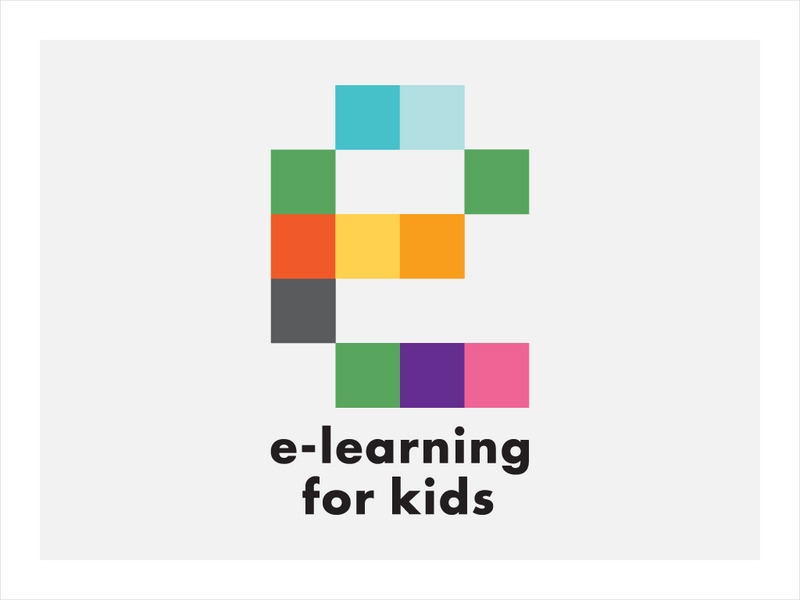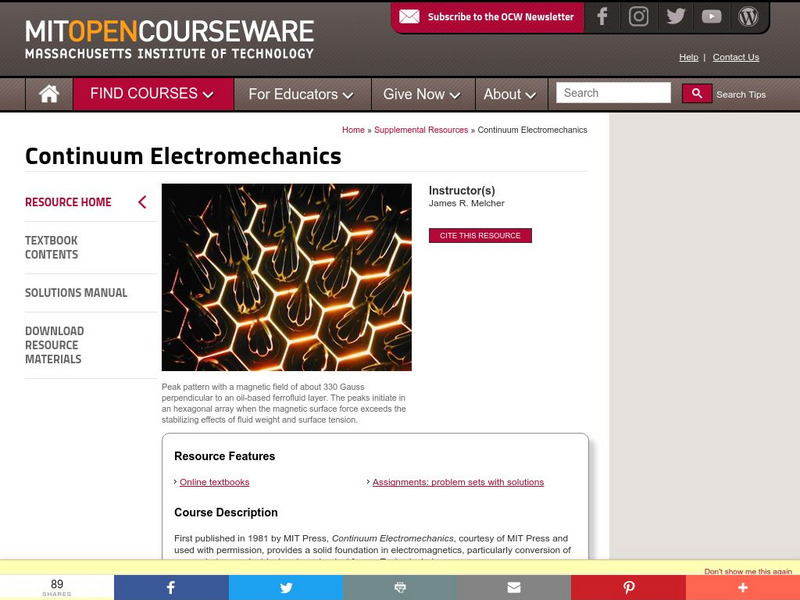Curated OER
Variation
Learners practice sorting living things into groups using their characteristics. Using pictures of leaves and animals, they sort them based on their color and shape and write the objects characteristics under the picture. They share...
Curated OER
Keeping Warm
Young scholars place words describing a range from cold to hot on a scale. Using those words, they identify places on Earth which are cold, hot, freezing or boiling. They practice using and reading a thermometer with three different...
Curated OER
Keeping Healthy
Students review what the heart does and why the muscles in the body need oxygen. As a class, they measure their pulse rate while they are resting and after they have jogged for three minutes. They are helped by their teacher to convert...
Curated OER
Using electricity
Students explore how a switch can be used to break a circut. Students construct a simple series circuit and use it for a purpose. Students read the "The Lighthouse Keeper's Lunch,or one of the "Katie Morag" stories which clearly shows...
Curated OER
Helping plants grow well
Students explore the effect of water, temperature and light on plant growth. Students are asked if they remember the LAW for plants. This is Light, Air(temperature) and Water, which all plants need for growth. Students are divided...
Curated OER
Life cycles
Students identify and explain the parts of a flower and their role in the life cycle of flowering plants, including pollination, seed dispersal, and germination. Students recap the following information: that plants need light, warmth,...
Curated OER
Changing Sounds
Learners identify how the pitch of an instrument can be altered. They complete a worksheet by labeling several images in order of pitch and then fill a bottle with water to create a sound that matches a pitch on a drawn card.
Curated OER
Gases Around Us
Students participate in a whole class discussion about solids, liquids, and gases. Students get involved in a teacher-directed experiment related to solids, liquids, and gases. Students complete worksheet, writing the names of the parts...
Curated OER
Changing State
Pupils identify the changing states of water, water vapor and ice in the water cycle They investigate how each of these stages can be reversible. Students complete a worksheet describing the water cycle.
Curated OER
Changing Sounds
Students identify how the pitch and the loudness of an instrument can be altered by examining the sounds made by three instruments.
Curated OER
Galvanometers
Learners construct their own galvanometer. In this physics lesson, students explain how it is used to detect electric current. They conduct an experiment to measure how much electricity flows through the circuit.
Curated OER
How We See Things
Students investigate how mirrors reflect light. In this reflection lesson, students draw the path of the light reflected from a mirror. Students construct a list of objects that are light sources.
Curated OER
Using Electricity
Students name appliances that use electricity. They construct a simple electrical circuit. They predict whether a circuit work. They name components of an electrical circuit.
Curated OER
Changing circuits
Young scholars identify that there are conventional symbols to represent the components in circuits. Students use these symbols to draw diagrams of circuits. They are reminded that electric circuits can be drawn in diagrams using...
Curated OER
Changing Circuits
Students observe an on-line activity to review the basics of electrical circuitry, then research answers to related questions on-line.In this lesson on changing components in a series circuit, students discover how different components...
Curated OER
Micro-organisms
Learners examine how micro-organisms are living organisms that are often too small to be seen. They explain that micro-organisms may be beneficial or harmful.
Curated OER
How We See Things
Learners explain that mirrors reflect light. They examine how when a beam of light is reflected from a surface, its direction changes.
Curated OER
Changing Circuits
Students participate in an online lesson to explain how to make bulbs brighter or dimmer in a series circuit by changing the number or type of components.
E-learning for Kids
E Learning for Kids: Science: Pirates: What Are Some Forces Around Us?
Covers the meanings of force, friction, and gravity, and the differences between magnetic and elastic spring force, and between weight and mass. The effect of air resistance on an object's motion is also touched upon.
Massachusetts Institute of Technology
Mit: Open Course Ware: Supplemental Resources: Continuum Electromechanics
College-level electrical engineering and computer science textbook highlighting the applications of continuum electromechanics.



















